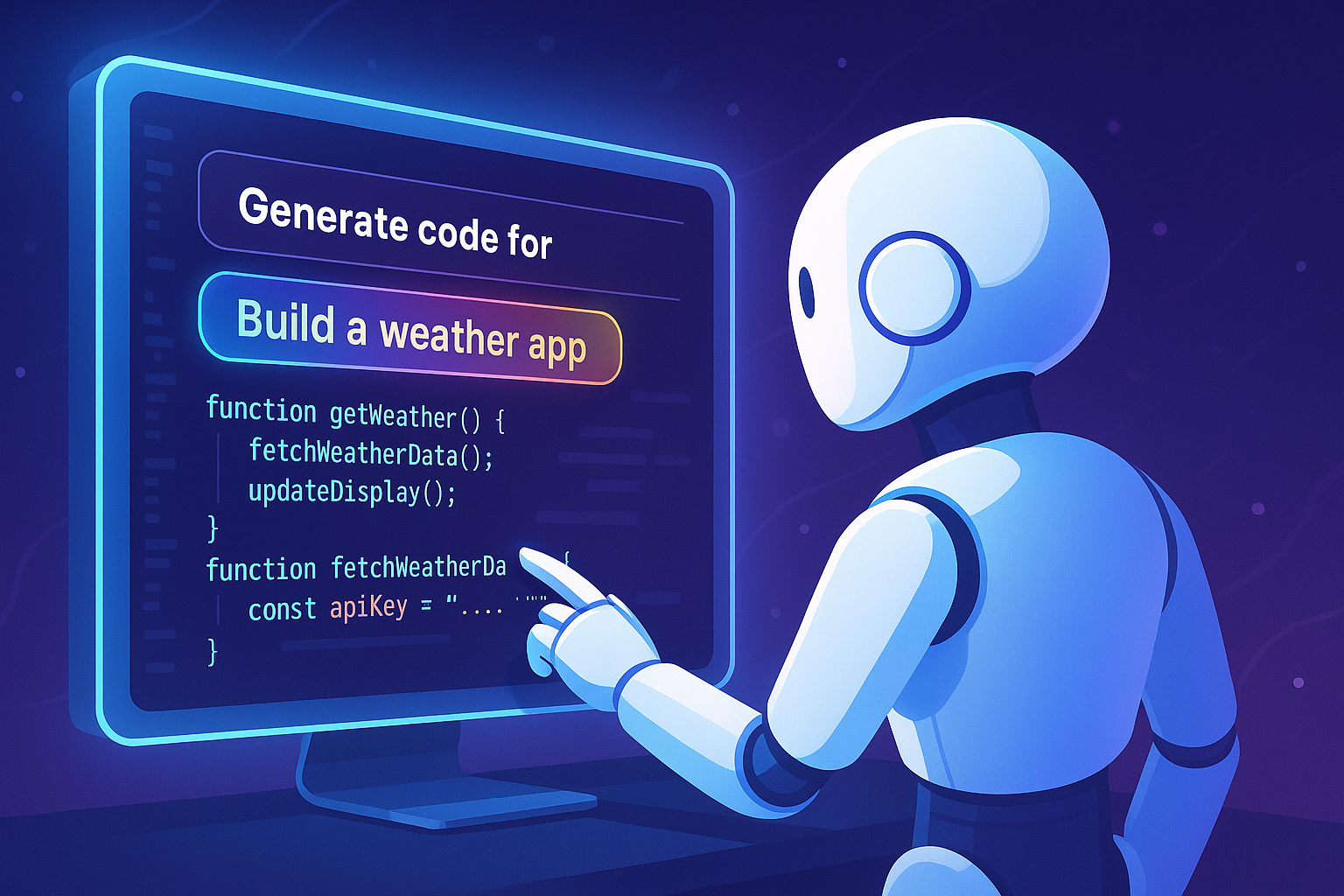AI Vibe Coding is revolutionizing software development by converting natural language prompts into executable code. Learn how it works and how to use it securely.
What is AI Vibe Coding?
AI Vibe Coding is a cutting-edge approach to software development where users create fully functional code simply by describing what they want using natural language.
Instead of writing complex syntax, users can prompt AI models with phrases like:
“Build a blog with login and comment sections.”
And voilà — AI tools generate executable code, sometimes across multiple languages and frameworks.
Did you know? The phrase “vibe coding” was popularized by OpenAI co-founder Andrej Karpathy, who described it as a way to “give in to the vibes” of automated programming.
Vibe Coding in Action: Charlie Shrem’s Bitcoin Faucet
Bitcoin pioneer Charlie Shrem is reviving the legendary Bitcoin faucet site using vibe coding. His project 21million.com aims to onboard newcomers to Bitcoin with a nostalgic twist — all powered by AI.
How AI Vibe Coding Works
At its core, vibe coding is driven by:
- Natural Language Processing (NLP) – Understands prompts like “build a weather app.”
- Machine Learning – Trained on massive codebases to generate matching functions.
- Real-Time Feedback Loops – Users tweak AI outputs immediately.
- Low-Barrier Access – No prior programming knowledge required.
These tools turn ideas into apps faster than ever — but they come with important risks.
Risks of AI Vibe Coding
| Risk | Description |
|---|---|
| 🔓 Security flaws | AI-generated code may miss security best practices |
| 🧱 Poor code quality | Outputs can be functional but hard to scale or maintain |
| ❌ Copyright ambiguity | Who owns the code: you or the model? |
| 📉 Over-reliance on AI | Developers may lose touch with core programming logic |
| ❗ Exploits like “slopsquatting” | AI invents fake packages that hackers then maliciously register |
🔍 Slopsquatting: When AI suggests non-existent libraries, which attackers exploit by creating malicious versions.
✅ How to Vibe Code Safely
If you’re building with AI prompts, use this vibe coding safety checklist:
1. Understand the Basics
Learn basic development practices like file structure, syntax, and debugging. It helps you understand and refine what AI generates.
2. Apply Security Filters
Use linters, vulnerability scanners, and manual reviews. NEVER deploy AI-generated code blindly in production.
3. Audit and Peer Review
Involve experienced developers to review the AI-generated code regularly.
4. Clarify Legal Ownership
If you’re releasing commercial software, verify licensing terms and possible IP conflicts.
5. Stay Up-to-Date
The AI development space is evolving fast — stay current with platform updates and community security alerts.
How Blockchain Complements AI Vibe Coding
Blockchain adds trust and security to AI development through:
- Immutable code logs: Hashes of AI-generated code can be stored onchain.
- Transparent collaboration: Blockchain-backed commit trails add accountability beyond GitHub.
- IP verification: NFT-based proof of authorship can help assert AI-generated contributions.
Want to protect your AI-generated app? Store your code hash on Ethereum or Arweave alongside GitHub commits.
Final Thoughts
AI vibe coding empowers anyone with an idea — from solo founders to creators — to turn thoughts into code. It’s fast, creative, and inclusive.
But don’t let the vibe override the checklist.
By combining creativity with accountability, you can make the most of AI without compromising on security or ethics.



